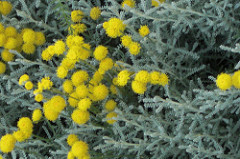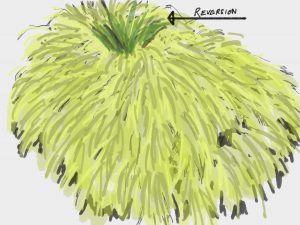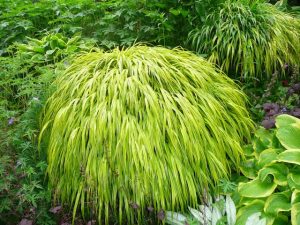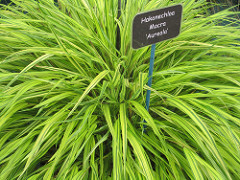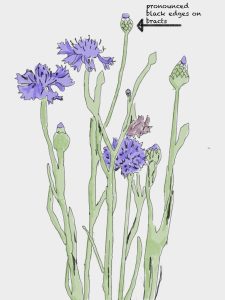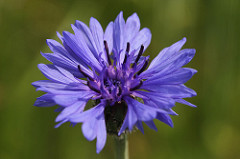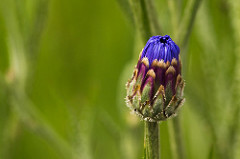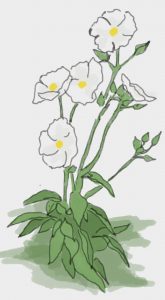 Cistus laurifolius, laurel-leaved rock rose
Cistus laurifolius, laurel-leaved rock rose
Family: Cistaceae
Description:
This evergreen shrub is recognizable for papery white flowers crumpled in texture that persists for 6-8 weeks. A central cluster of mustard-yellow stamens offer a nice contrast to the delicate milky petals. Foliage is a dark green, lanceolate in shape and slightly sticky. A pleasant clean, citrus aroma is often present, especially in hot weather.
Growing conditions:
This Mediterranean native is extremely drought tolerant and prefers an open sunny location. It does not like winter moisture and should be planted in well-drained soil.
Suitable uses:
While Cistus species are often short lived, this shrub will live longer than most others in the genus. As a drought tolerant species, it is a good choice for a sunny location without irrigation. The floral display makes a nice summer addition, but is also attractive even out of flower
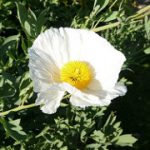
CC Image courtesy of Gabrielle Ludlow on Flickr




